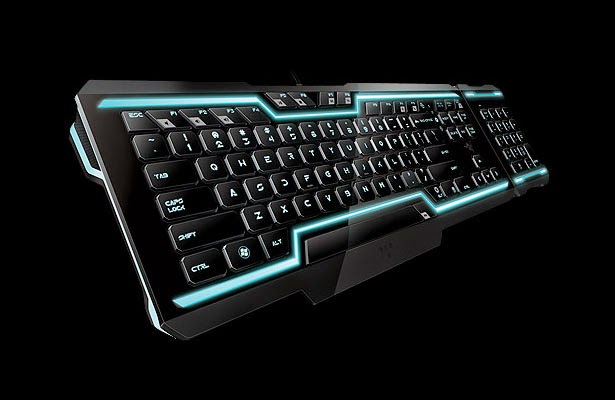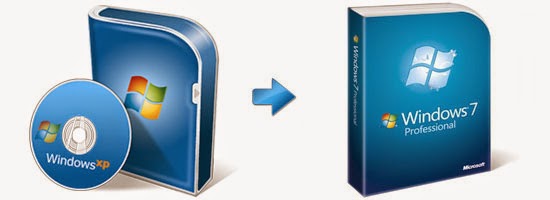Keyboard Troubleshooting

If you begin to experience problems with your keyboard not working or some of the keys not responding, the first thing you should try is to Press CTRL+ALT+DEL (all at the same time). Depending on what version of Windows you have, you should get the Task List. In Windows 7 you may be given a list with the last option being Start Task Manager and that is the one you select. A box will pop up that says Windows Task Manager. In the image above, you will see a list of all tasks currently running including this tutorial being created called “Keyboard Troubleshooting”. On the right hand side you will see in the title bar, the word “Status”. Under the Status column it indicates which programs are running as shown in the below image. Not the case for the example above, but on your computer check for any programs that say “Not Responding” and select the first one with a “Not Responding” status. Next, click the End Task button on the bottom of the pop-up box as shown here:...









